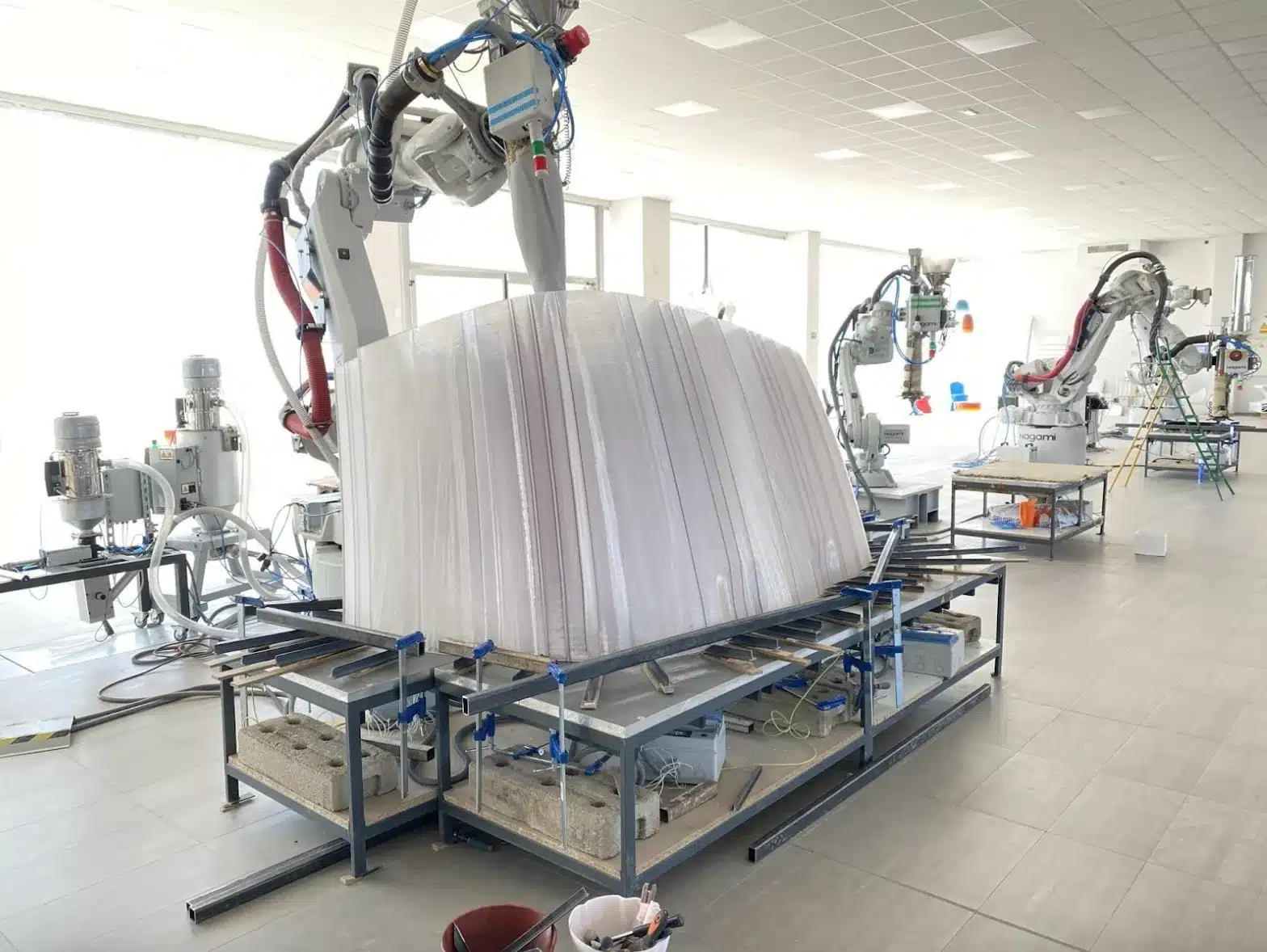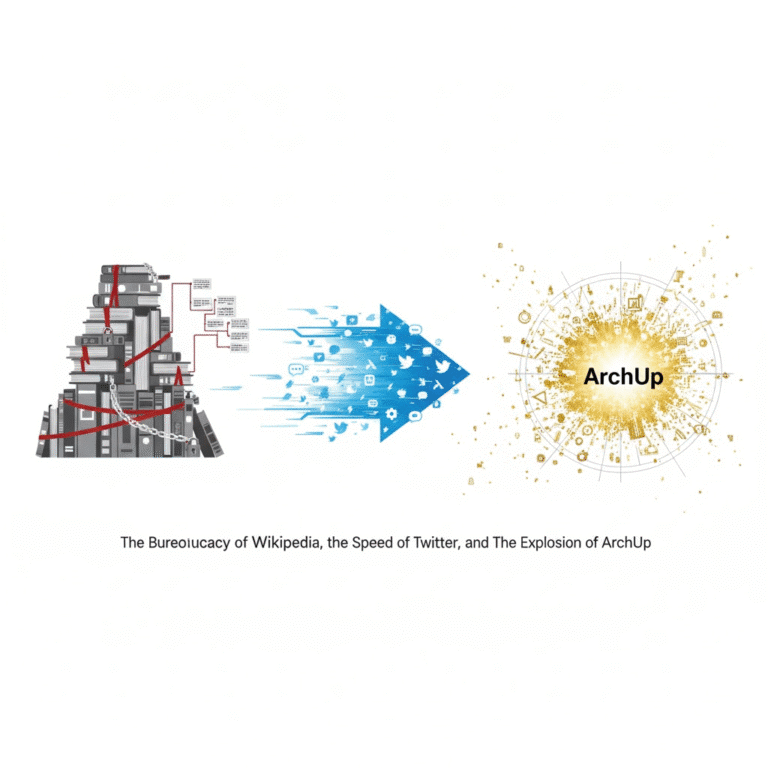An environmental pavilion with a futuristic design printed with 3D technology,
Temperatures in many regions of the world are rising or falling sharply
As we saw in the United States last winter: How can architecture respond to the climate challenge?
A big question that this prototype tries to answer through different aspects of its construction.
It is a formula that relies on recycled waste, first and foremost, to re-evaluate this waste.
It is a frightening number on the planet – 5 billion tons so far.
3D printing, to customize the structure as desired
Thus adapting it to local climatic conditions (including extreme conditions) depending on its location.
It is also the work of Studio Hassell, author of many architectural concepts around the world, in collaboration with to.org,
It is an online platform dedicated to charitable projects.

Futuristic design suite
This futuristic-designed pavilion is inspired by indigenous shelters
because their structure allows them to deal with harsh environments in an adaptable and sustainable way.
It is also designed to be easy to transport and assemble on site,
because 3D printing provides great freedom in design,
Thus responding to climate issues by rapidly transforming
and adapting the structure in a variety of global environments and contexts.
For colder climates, the pavilion will be hermetically sealed
and its outer fascia will have fins designed to catch snow
And create natural insulation – in the same way that snow is used to insulate igloos.
In warmer climates, overlapping fins will act as natural shading
and allow for passive cooling and cross-ventilation, as well as water harvesting.

The first model at the Nagami plant
If the aim of this prototype is above all to invite reflection,
It also aims to launch the construction of other projects around material waste and the housing climate issue.
Treating plastic waste as an inexhaustible resource and committing
to a circular economy will help reduce pollution and reverse the effects of climate change.
The prototype is currently being built at the Nagami factory (which specializes in 3D printing) in Spain.
See More: Architectural terminology guide







